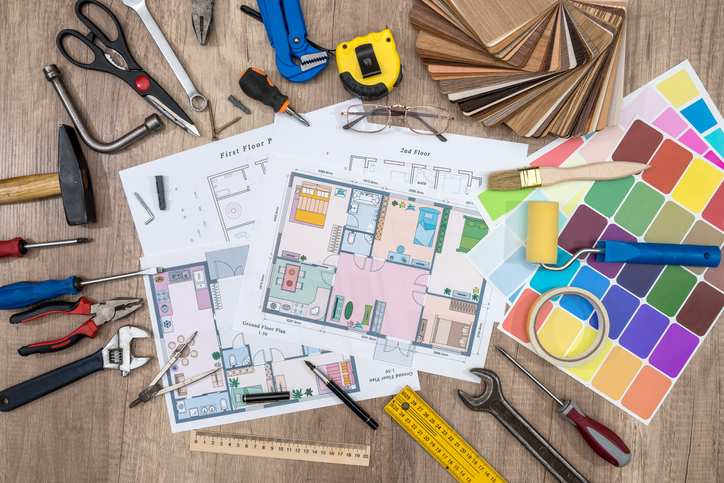When settling insurance losses, public adjusters must often deal with homeowner changes. This is especially the case when the claim involves a significant loss. This is because insurance policies are contracts of “indemnity” – meaning you only get paid for the property you actually possessed, or items of “like kind and quality.” After suffering a loss, however, it’s common for the policyholders to use this time to make improvements to their homes.
For example, a homeowner may take the opportunity after a loss to upgrade from a laminated countertop to a granite countertop. The insurance company will only owe for what was in place at the time of the loss – the laminated top. If the homeowner wants to upgrade, they must pay out of pocket for the increase in cost from laminate to granite. Insurance companies do not have a say in what the homeowner installs in their residence, but insurers do care about how much the upgrades cost. Homeowners must realize the potential cost of such decisions – after all, they may be on the financial hook for upgrades.
As a public adjuster, this can present challenges to the claim settlement process. Any contractors who might submit a bid for the renovation will not want to price out two separate proposals – it’s too much hassle to price out one proposal for what the home had and then price another proposal for what the homeowner wants to install after the loss. Most times, dealing with upgrades falls on the public adjuster. He or she must advise the client of the price differences between the upgrade and the original, all while trying to obtain the proper settlement from the insurer.
Some changes made by a homeowner can be small, like the countertop example, but others can be large. Think about what it takes to open up walls or install a bathroom where a laundry room existed. These changes come with difficulties that may involve more than just the cost increases. Some changes can implicate local or state codes, which can cause real issues. If the code work only relates to the upgrade, for example, the code work will not be covered by the insurance company.
Take the case of an insured homeowner whose 2-story home burns to the ground. The homeowner decides to build a single-story home with the exact same square footage. This would seem to be an easy example of like kind and quality and the insurance company should have no problem with the exchange. Sometimes, however, one-story homes can be more expensive to build than 2-story homes. How could this be? The cost per square foot of a one-story home can be greater than the cost of a two-story home of the same square footage – the foundation size would need to be bigger, and the roofing and lumber costs could be larger. Due to these extra costs, the insurer may be unwilling to completely compensate this insured for the entire rebuild.
As always, if you have any coverage questions or if you want your policy reviewed to determine if you have a covered loss, feel free to contact SMW Public Adjusters.




